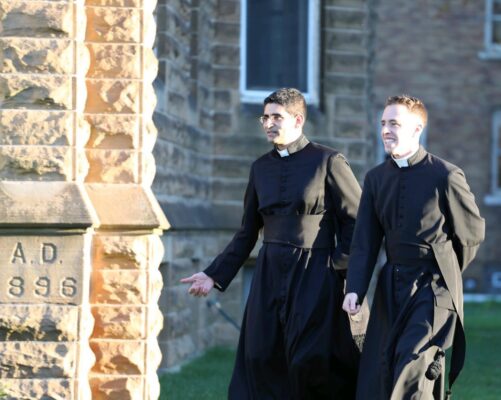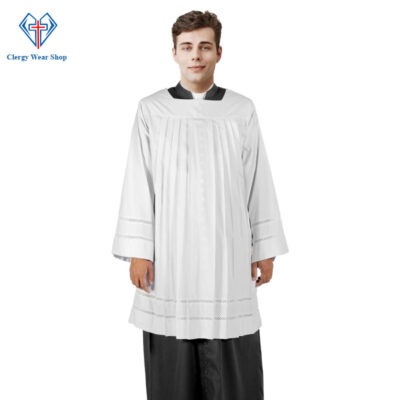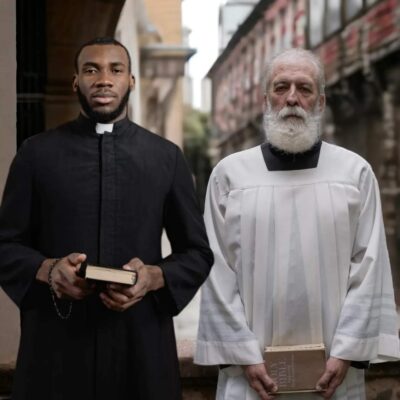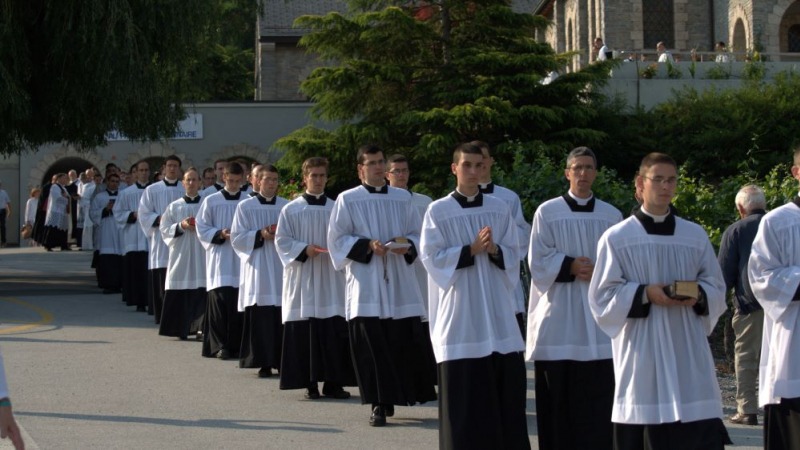Clergy Robes for Women
Who Wear Surplice and Cassock
The Cassock and Surplice in Worship
Who wear surplice and cassock, In the ecclesiastical realm, the Surplice and Cassock hold a distinguished place, worn by clergy members across various Christian denominations. This traditional attire, with its roots deeply embedded in history, symbolizes reverence and devotion. The surplice and cassock are traditional religious garments worn by clergy members in various Christian denominations.
The Cassock | A Garment of Reverence
A cassock is a long, ankle-length robe that is typically black or another dark color. It is close-fitting and often has long sleeves. The cassock is worn as an outer garment and is usually accompanied by a white clerical collar. Various denominations use cassocks, including but not limited to Roman Catholic, Anglican, Orthodox, and some Protestant traditions. In some traditions, the color of the cassock may vary depending on the cleric’s rank or the liturgical season.

Priests and Ministers
The clergy cassock is predominantly worn by priests and ministers during religious ceremonies and services. Its ankle-length design, often in black, symbolizes humility and devotion to their religious duties.
Choir Directors and Singers: In some traditions, choir directors and singers also wear cassocks as a sign of their role in leading congregational worship. The cassock, in these instances, signifies a commitment to the sacred nature of the musical ministry.
Acolytes and Servers: Young members assisting in religious services, such as acolytes and servers, may be vested in cassocks as part of their ceremonial roles, signifying their involvement in the sacred proceedings.
The Surplice | A Symbol of Purity
A surplice is a white, loose-fitting liturgical vestment with wide sleeves. It is typically worn over a cassock. It is common in many Christian traditions, including Anglican, Lutheran, Methodist, and Roman Catholic churches. The surplice is often worn during various liturgical ceremonies and services, such as Mass or choir performances.
Clergy Attire

Priests and Deacons: The surplice, characterized by its loose, white, flowing fabric with wide sleeves, is often worn over the cassock by priests and deacons. This additional garment symbolizes purity and is worn during various liturgical functions, including Mass and other sacred rites.
Bishops and Archbishops: Higher-ranking clergy members, such as bishops and archbishops, also incorporate the surplice into their liturgical vestments. The pristine white of the surplice represents the spiritual purity and sanctity associated with their elevated roles within the church hierarchy.
Choir Members
Choristers and Singers: Within the choir, surplices are frequently worn by members during religious services. This uniformity in attire not only enhances the visual harmony of the choir but also signifies the shared commitment to sacred musical expressions.
Tradition and Reverence Interwoven
In conclusion, the cassock and surplice are garments deeply steeped in tradition and symbolism within the Christian clergy. Worn by priests, deacons, bishops, and choir members, these vestments transcend mere attire; they embody a commitment to spiritual devotion and a connection to the rich history of religious practices.
Clergy members, including priests and ministers, commonly wear the surplice and cassock during religious services and ceremonies. The specific rules regarding their use can vary, and some denominations may have different variations or additional vestments as part of their liturgical attire.
Frequently asked Questions (FaQs)
Who is allowed to wear a cassock?
The cassock is primarily worn by clergy members within Christian denominations. This includes priests, ministers, deacons, bishops, and other ordained individuals involved in religious services.
Who is the cassock worn by?
The cassock is worn by clergy members, such as priests, ministers, bishops, deacons, and other ordained individuals. It is a traditional ecclesiastical garment signifying their roles and dedication to religious duties.
Why do we wear a surplice?
The surplice is worn for symbolic and ceremonial reasons. It signifies purity and is often worn by clergy members, including priests, deacons, bishops, and choir members, during liturgical functions and religious services to enhance the sense of sacredness.
Who wears a surplice?

The surplice is worn by clergy members, including priests, deacons, bishops, and choir members. It is often part of their liturgical vestments, symbolizing spiritual purity and devotion during religious ceremonies.
Can girls wear cassock and surplice?
Traditionally, the cassock and surplice have been associated with male clergy members. However, some denominations and churches have evolved to be more inclusive, allowing women to wear these garments in roles such as priests, deacons, or choir members.
Can a lay person wear a cassock?
Generally, the cassock is considered a garment for ordained clergy members. However, in specific circumstances, such as special ceremonies or events, laypersons may be permitted to wear a cassock, although this would be at the discretion of the religious institution.
Can a deacon wear a cassock and surplice?
Yes, deacons are often allowed to wear a cassock and surplice as part of their liturgical attire. These vestments signify the deacon’s role and commitment to serving in a clerical capacity within the Christian religious context.

 Clergy Cassocks for Men
Clergy Cassocks for Men Clergy Cassocks for Women
Clergy Cassocks for Women Clergy Robes for Women
Clergy Robes for Women Clergy Shirts for Men
Clergy Shirts for Men Clergy Shirts for Women
Clergy Shirts for Women